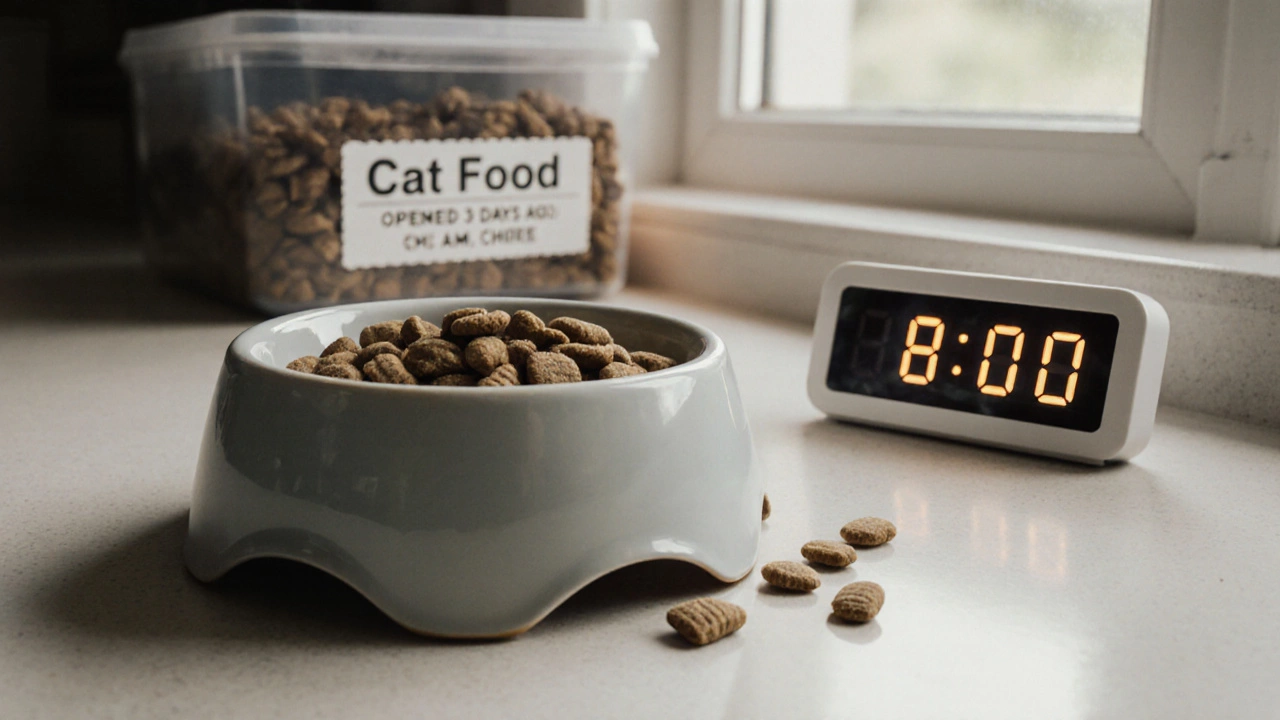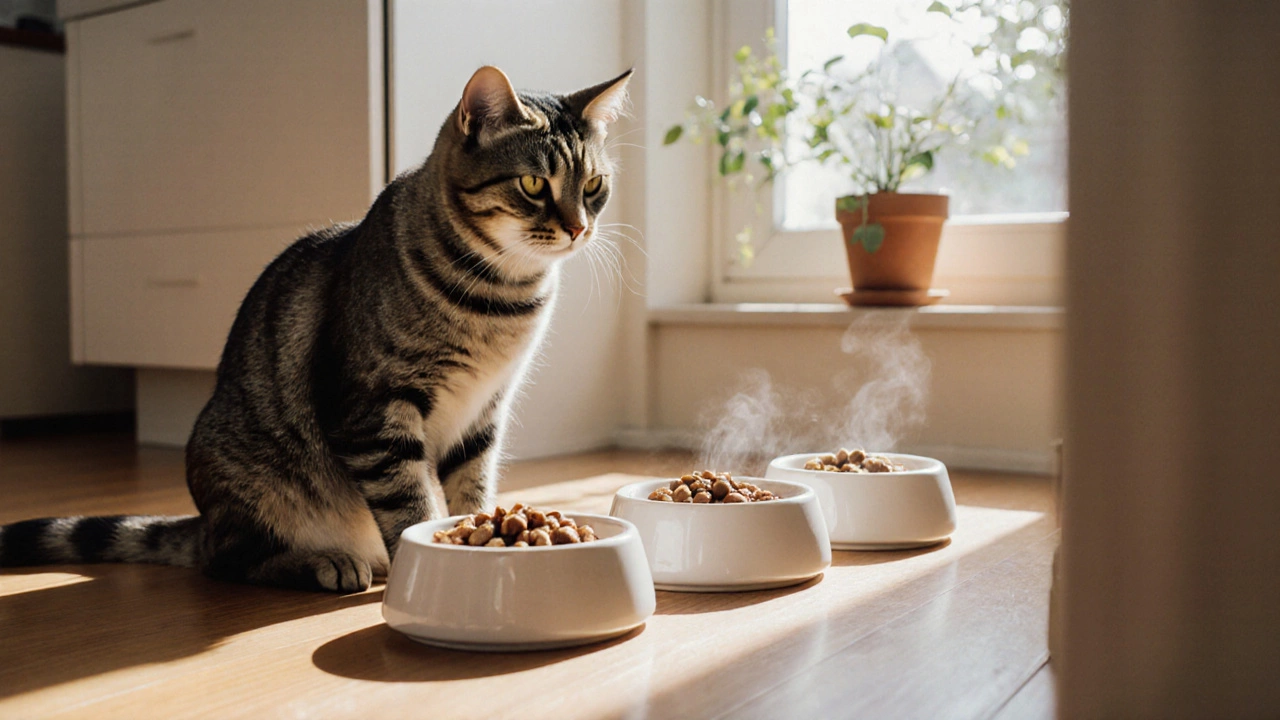Cat Feeding Schedule – Easy Tips for Healthy Meals
Getting your cat's meals right is easier than you think. A clear feeding schedule keeps your feline at a healthy weight, helps with digestion, and reduces unwanted behavior. Below you'll find practical steps you can start using today.
How Often Should Cats Eat?
Adult cats usually do well with two meals a day – one in the morning and one in the evening. Kittens need more frequent meals, about three to four times daily, because they burn energy fast and their stomachs are small. Senior cats may prefer smaller, more frequent portions if they have dental issues or a slower metabolism.
Try to keep the times consistent. If you feed at 7 am and 7 pm each day, your cat will learn to expect food then, which can cut down on begging at other times.
Setting Up a Reliable Feeding Routine
Start by measuring the daily calorie amount recommended for your cat’s weight and activity level. The label on most commercial foods gives a guide; you can also ask your vet. Divide that amount into the number of meals you plan – usually half in the morning, half at night.
Use the same bowl each time and place it in a quiet spot. Cats like routine, so avoid moving the bowl around the house unless you’re changing the feeding area on purpose.
If you switch between wet and dry food, keep the ratio steady. Wet food adds hydration, which is great for cats that don’t drink enough water. A typical mix is 70% wet, 30% dry, but adjust based on your cat’s preferences.
Watch your cat’s weight and body condition score every month. If you see a few extra pounds, reduce each meal by about 5‑10% and monitor for a couple of weeks. If your cat seems hungry all the time, increase portions slightly or add a low‑calorie snack.
When you travel or are away for the day, a timed feeder can keep the schedule intact. Set it to release the right amount at the usual times, and you won’t have to worry about over‑ or under‑feeding.
Some cats love a small “free‑feed” of dry kibble, but that can make it hard to control calories. If you let the bowl stay out all day, switch to a measured amount for meal times and remove the free‑feed option.
Keep fresh water available at all times. Even if you feed wet food, cats still need water. Change the water bowl daily and clean it regularly.
Lastly, be patient. If you’re changing from a free‑feed to scheduled meals, your cat might protest at first. Stick to the new times, and after a week or two the habit will stick.
With a simple routine, clear portions, and consistent timing, your cat will stay healthy and happy – and you’ll have one less thing to worry about each day.

Should You Leave Dry Cat Food Out All Day? Here's What Vet Experts Say
Leaving dry cat food out all day may seem convenient, but it can spoil quickly, attract pests, and lead to weight gain. Vet experts recommend scheduled meals for better health and freshness.
View more
How Many Times Should You Feed a Cat? Expert Guide to Feeding Frequency
Learn the ideal number of meals per day for kittens, adults, and senior cats, how food type affects timing, and practical steps to set a healthy feeding schedule.
View more
Optimal Feeding Schedule for Cats: Balancing Health and Happiness
Determining how often to feed your cat each day is crucial for their health and well-being. This article delves into understanding the best feeding schedule for cats, taking into account age, health, dietary needs, and lifestyle. It explores common feeding patterns and provides tips to ensure your feline friend enjoys a balanced diet. Achieving the right feeding routine can significantly enhance your cat's quality of life.
View more